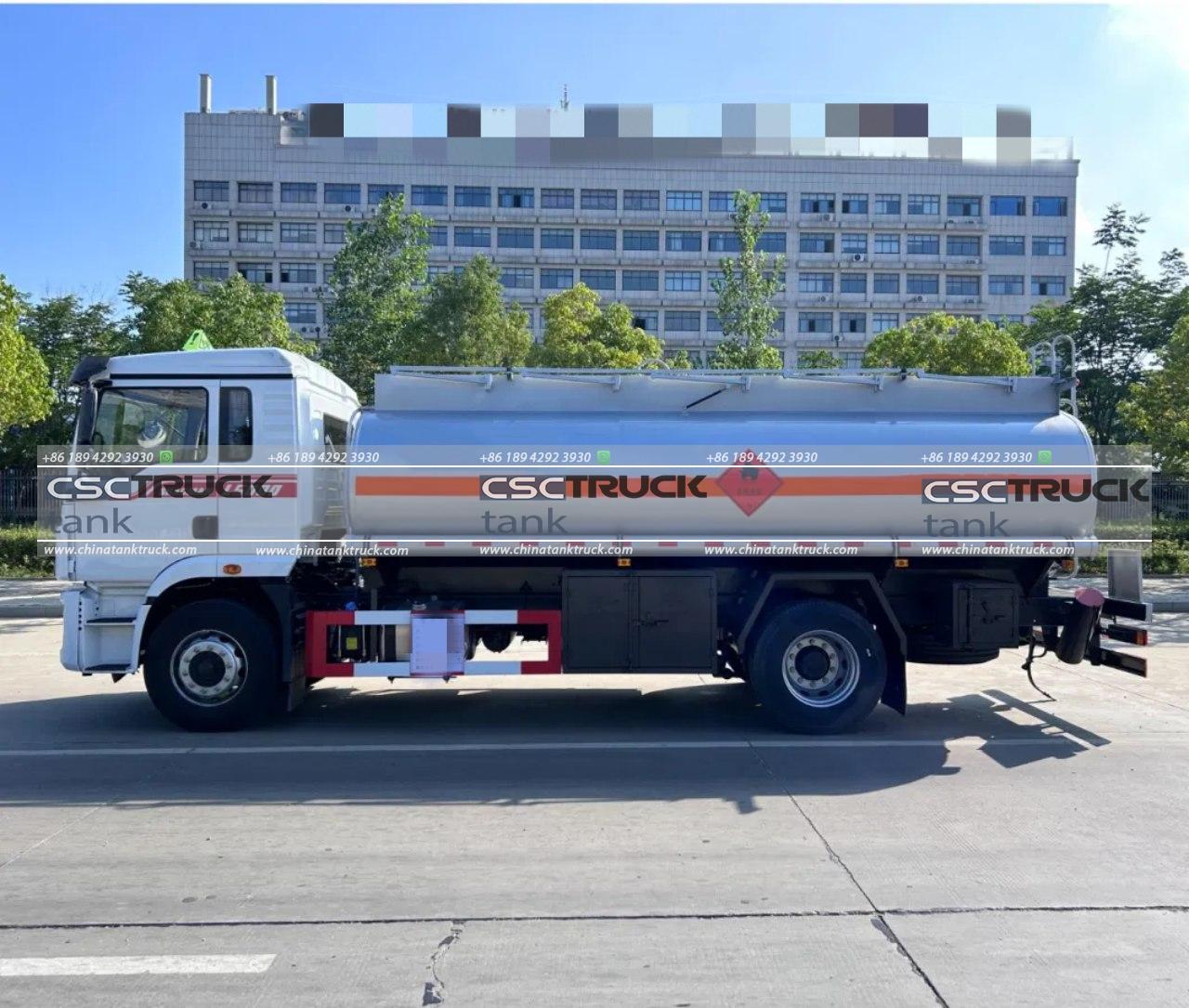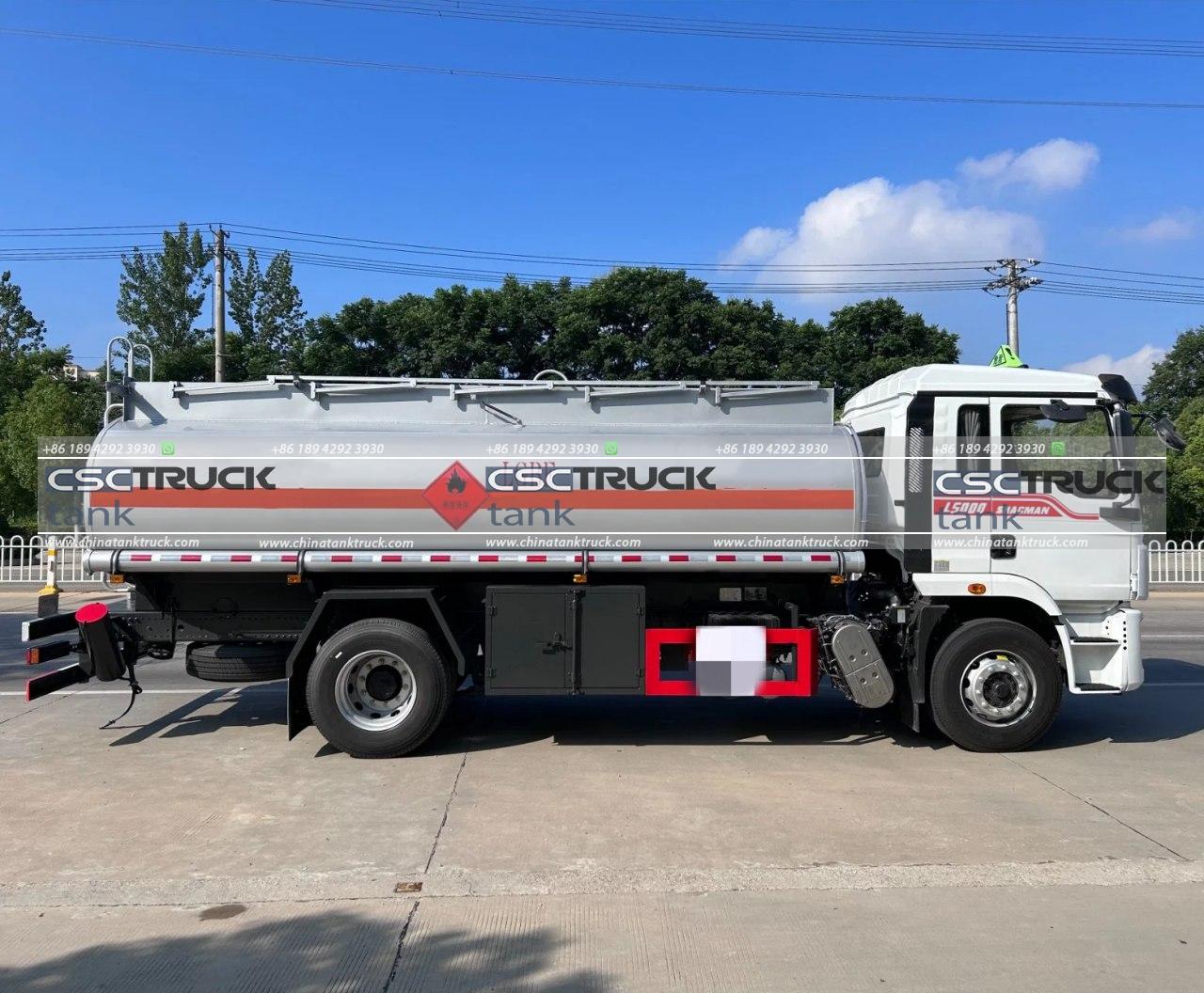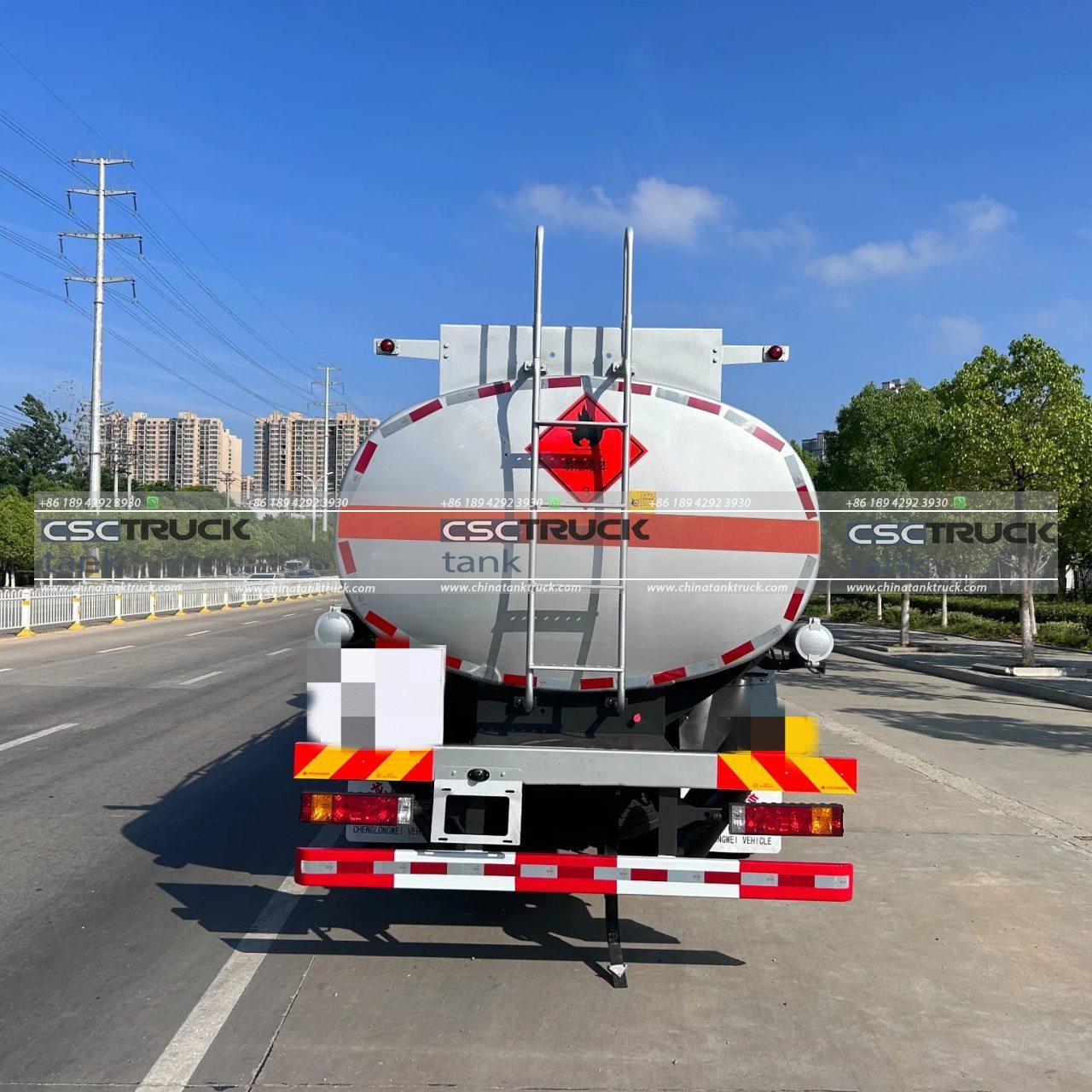How Do You Calculate Fuel Tank Capacity?
Fuel tank capacity calculation is an essential part of fuel management for vehicles and storage tanks, ensuring both efficiency and safety. Whether you are dealing with automotive fuel tanks, tanks for construction vehicles, or larger storage tanks for facilities or farms, knowing the capacity of a fuel tank is crucial. This article will delve into the various methods for calculating fuel tank capacity, the factors that influence capacity calculations, and practical applications.
Why Calculate Fuel Tank Capacity?
1. Fuel Management: Accurate capacity calculations are essential for fuel logistics, enabling efficient planning for refueling and budgeting.
2. Operational Efficiency: For vehicles, especially long-haul trucks and heavy equipment, fuel tank capacity is essential for trip planning and reducing downtime.
3. Safety: Overfilling or underestimating the tank’s capacity can lead to safety risks, including spills, leaks, and even fires in industrial settings.

Methods for Calculating Fuel Tank Capacity
The method of calculating fuel tank capacity largely depends on the tank’s shape and configuration. The following sections break down calculations for different tank shapes.
1. Rectangular Fuel Tanks
Rectangular tanks are often found in pickup trucks, farm machinery, and small storage containers. The volume can be calculated by measuring 3 main dimensions: length, width, and height. Here’s the step-by-step process:
Step 1: Measure Dimensions
– Length (L): Measure the longest side of the tank.
– Width (W): Measure the shorter side that runs perpendicular to the length.
– Height (H): Measure from the base of the tank to the top of the tank.
Step 2: Calculate Volume
The volume in cubic units can be calculated with the formula:
Volume=L×W×H
This result gives the volume in cubic inches, cubic feet, or cubic centimeters, depending on your units.
Step 3: Convert to Gallons or Liters
To get the volume in more practical units like gallons or liters, use the following conversions:
– Cubic inches to gallons: Volume (gallons)=Volume (cubic inches)/231
– Cubic centimeters to liters: Volume (liters)=Volume (cubic centimeters)/1000

2. Cylindrical Fuel Tanks
Cylindrical tanks are common in fuel storage, fuel trucks, and some larger vehicle tanks. This shape can be calculated by determining the radius and height of the tank.
Step 1: Measure Dimensions
– Radius (r): Measure the distance from the center of the circular end to its outer edge.
– Height (H): Measure the length of the cylinder from one end to the other.
Step 2: Calculate Volume
For a cylindrical tank, the volume can be calculated using the formula:
Volume=π×r2×H
Where π≈3.14159.
Step 3: Convert to Gallons or Liters
Similar to rectangular tanks, you can use the conversion factors:
– Cubic inches to gallons: Volume (gallons)=Volume (cubic inches)/231
– Cubic centimeters to liters: Volume (liters)=Volume (cubic centimeters)/1000
3. Elliptical Fuel Tanks
Elliptical fuel tanks are often used in specialized vehicles and trucks due to their unique shape, providing stability and maximizing fuel storage. The calculation for an elliptical tank combines aspects of both cylindrical and rectangular tank calculations.
Step 1: Measure Dimensions
– Major Radius (a): Measure the distance from the center of the longer elliptical axis to the edge.
– Minor Radius (b): Measure the distance from the center of the shorter elliptical axis to the edge.
– Height (H): Measure the length of the tank from end to end.
Step 2: Calculate Volume
The volume of an elliptical tank is calculated using the following formula:
Volume=π×a×b×H
Step 3: Convert to Gallons or Liters
After calculating the volume in cubic units, convert it as needed:
– Cubic inches to gallons: Volume (gallons)=Volume (cubic inches)/231
– Cubic centimeters to liters: Volume (liters)=Volume (cubic centimeters)/1000

4. Irregularly Shaped Tanks
Some fuel tanks have complex or custom shapes, such as those found on specialized vehicles. For these, the best approach is often a combination of measurement techniques and computational methods.
Estimation Methods
1. Sectional Volume Calculation: Divide the tank into measurable shapes (cylinders, rectangles, or ellipses), calculate each section’s volume, and then add them together.
2. Fluid Displacement: Fill the tank with a measured amount of fluid to determine capacity.
3. Computer-Aided Design (CAD) Software: For irregular shapes, 3D modeling software can precisely determine volume by simulating the tank’s shape.
Additional Factors in Fuel Tank Calculations
When calculating fuel tank capacity, several practical considerations come into play:
Usable Volume vs. Total Volume
The total volume of a tank represents its full physical capacity, but the usable volume may be slightly less due to design factors, safety, and space for expansion. Fuel tanks usually have a “dead space” that allows for thermal expansion of fuel without risking spills.
Inclination and Shape
The tank’s orientation (e.g., horizontally or vertically mounted) impacts the usable capacity. Similarly, baffling (internal dividers in tanks) also reduces the volume slightly by occupying space within the tank.

Practical Applications of Fuel Tank Capacity Calculations
1. Automotive Industry: Fuel tank capacity is vital for designing and operating vehicles efficiently, as it determines range and impacts fuel management for long-distance trips.
2. Construction and Agriculture: Heavy machinery requires precise fuel management for uninterrupted operation, making capacity calculations crucial.
3. Fuel Storage and Logistics: Knowing the tank’s capacity is essential for planning deliveries, inventory management, and environmental compliance.
Example Calculation for a Cylindrical Fuel Tank
Suppose a cylindrical tank has a radius of 12 inches and a height of 48 inches. Here’s the step-by-step calculation:
1. Calculate the volume in cubic inches:
Volume=π×(12)2×48≈21615.36 cubic inches
2. Convert to gallons:
Volume (gallons)=21615.36/231≈93.58 gallons
Thus, the cylindrical tank has an approximate fuel capacity of 93.58 gallons.

Conclusion
Calculating fuel tank capacity involves understanding the shape and dimensions of the tank, applying geometric formulas, and converting the results to practical units like gallons or liters. For different tank shapes, various methods and formulas are used, from simple measurements to software-based volume analysis for complex shapes. Accurately knowing your tank’s capacity ensures operational efficiency, safety, and effective fuel management in automotive, industrial, and agricultural contexts.

